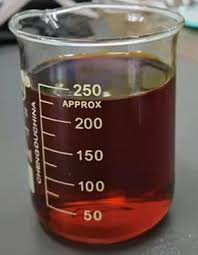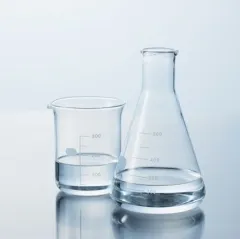The Magic Behind Sudsy Secrets: What Makes Soap Bubbles Pop with Joy?
(How Does Surfactant Work)
You know that satisfying lather when you wash your hands or the frothy bubbles in a freshly poured soda? Both owe their magic to tiny molecules called surfactants. These unsung heroes are everywhere—soaps, shampoos, even your morning coffee. But how do they pull off these tricks? Let’s break it down.
Surfactants are like social butterflies with split personalities. One part of the molecule loves water. The other part hates it and prefers oily stuff. This split makes them perfect mediators between substances that normally refuse to mix—like oil and water. Imagine trying to blend salad dressing without shaking the bottle. The oil floats on top, right? Add a surfactant, and suddenly the oil droplets break apart and mingle with the vinegar.
Here’s the science without the jargon. When you wash greasy dishes, water alone can’t grab the oil. Surfactants step in. Their water-loving ends stick to the water molecules. Their oil-loving ends latch onto the grease. This teamwork pulls the oil off the plate and wraps it into tiny droplets. These droplets get suspended in water, creating that cloudy swirl you see in dirty dishwater. Rinse it away, and boom—clean plates.
But surfactants aren’t just for cleaning. They’re also why your shampoo foams and your shaving cream stays fluffy. When you agitate them—like scrubbing your hair—they trap air in bubbles. The more you scrub, the more bubbles form. This isn’t just for fun. Foam helps spread the product evenly, so it can do its job better.
Ever wonder why rainwater beads on a waxed car? That’s surface tension—water molecules clinging tightly together. Surfactants mess with this tension. Add them to water, and the molecules relax. This lets the water spread out instead of forming droplets. Farmers use this trick with pesticides. By reducing surface tension, spray droplets flatten and stick to plant leaves instead of rolling off.
Not all surfactants are the same. Some are harsh, like those in heavy-duty cleaners. Others are gentle, like the ones in baby shampoo. The key is balance. Too many oil-loving parts, and the surfactant might irritate skin. Too many water-loving parts, and it won’t cut through grease. Scientists tweak these ratios to create surfactants for specific jobs—whether blasting oil stains or keeping facial cleansers mild.
Surfactants even show up in nature. Your lungs produce a surfactant-like substance to keep air sacs from collapsing. Without it, breathing would feel like inflating a balloon coated in glue. Preterm babies sometimes struggle because their bodies haven’t made enough of this vital fluid. Medical surfactants can save their lives by easing their first breaths.
In food, surfactants keep ice cream smooth and stop candy bars from turning gritty. They help mix ingredients that would otherwise separate, like oil and vinegar in mayo. Next time you enjoy a creamy latte, thank surfactants for blending the milk and coffee so perfectly.
(How Does Surfactant Work)
From hygiene to healthcare, these tiny molecules work behind the scenes. They clean, heal, and make daily life a little easier. So the next time you see bubbles in your sink or lather in your hands, remember—it’s not just soap. It’s surfactants throwing a microscopic party where oil and water finally get along.
Inquiry us
if you want to want to know more, please feel free to contact us. (nanotrun@yahoo.com)




